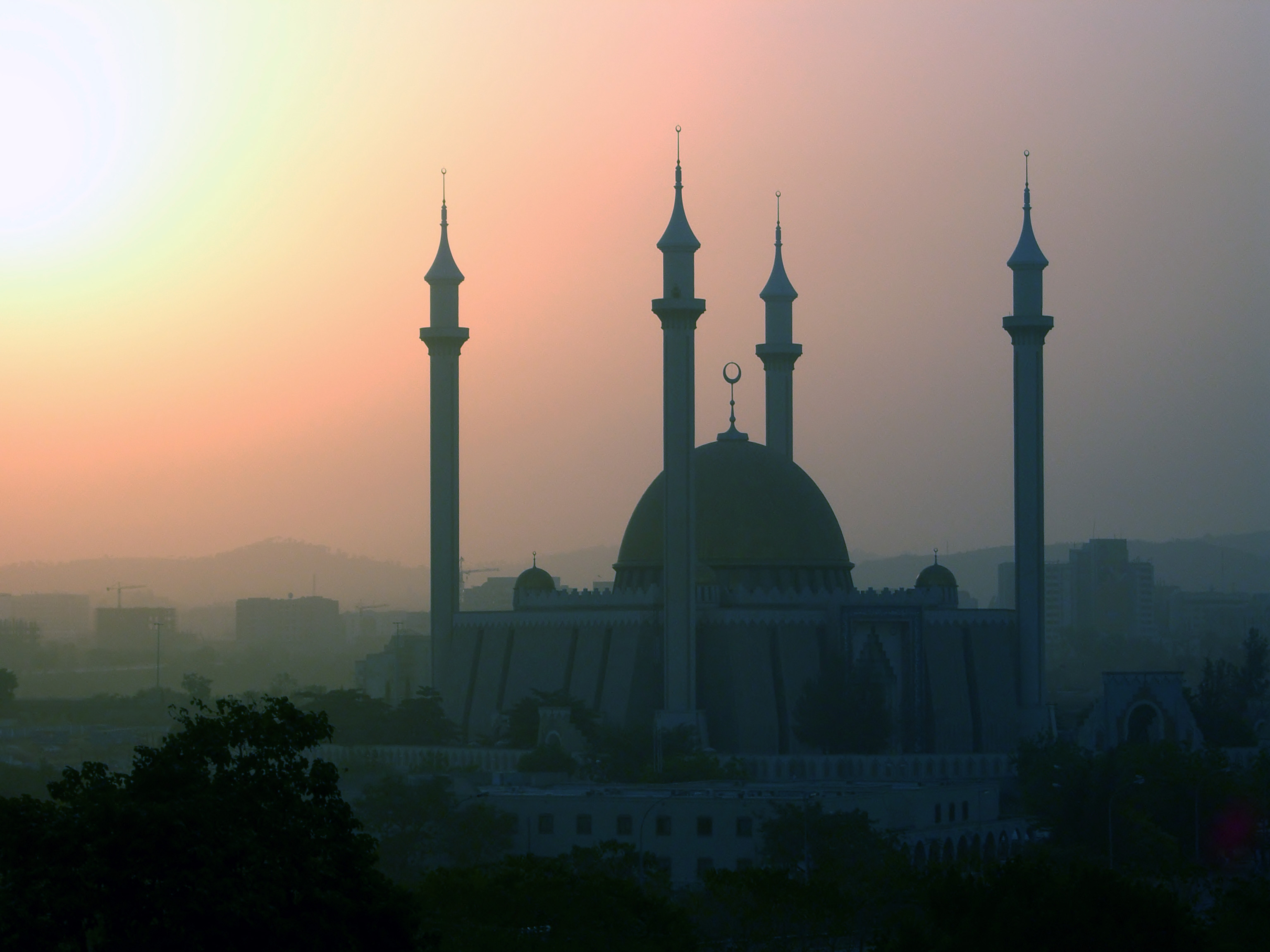Harmattan on:
[Wikipedia]
[Google]
[Amazon]
 The Harmattan is a
The Harmattan is a
 The Harmattan is a
The Harmattan is a season
A season is a division of the year based on changes in weather, ecology, and the number of daylight hours in a given region. On Earth, seasons are the result of the axial parallelism of Earth's axial tilt, tilted orbit around the Sun. In temperat ...
in West Africa
West Africa, also known as Western Africa, is the westernmost region of Africa. The United Nations geoscheme for Africa#Western Africa, United Nations defines Western Africa as the 16 countries of Benin, Burkina Faso, Cape Verde, The Gambia, Gha ...
that occurs between the end of November and the middle of March. It is characterized by the dry and dusty northeasterly trade wind, of the same name, which blows from the Sahara
The Sahara (, ) is a desert spanning across North Africa. With an area of , it is the largest hot desert in the world and the list of deserts by area, third-largest desert overall, smaller only than the deserts of Antarctica and the northern Ar ...
over West Africa into the Gulf of Guinea. The name is related to the word in the Twi language. The temperature is cold mostly at night in some places but can be very hot in certain places during daytime. Generally, temperature differences can also depend on local circumstances.
The Harmattan blows during the dry season, which occurs during the months with the lowest sun. In this season, the subtropical ridge of high pressure stays over the central Sahara and the low-pressure Intertropical Convergence Zone
The Intertropical Convergence Zone (ITCZ , or ICZ), known by sailors as the doldrums or the calms because of its monotonous windless weather, is the area where the northeast and the southeast trade winds converge. It encircles Earth near the t ...
(ITCZ) stays over the Gulf of Guinea. On its passage over the Sahara, the Harmattan picks fine dust and sand particles (between 0.5 and 10 microns). It is also known as the "doctor wind", because of its invigorating dryness compared with humid tropical air.
Effects
This season differs fromwinter
Winter is the coldest and darkest season of the year in temperate and polar climates. It occurs after autumn and before spring. The tilt of Earth's axis causes seasons; winter occurs when a hemisphere is oriented away from the Sun. Dif ...
because it is characterized by cold, dry, dust-laden wind, and also wide fluctuations in the ambient temperatures of the day and night. Temperatures can easily be as low as all day, but sometimes in the afternoon the temperature can also soar to as high as , while the relative humidity
Humidity is the concentration of water vapor present in the air. Water vapor, the gaseous state of water, is generally invisible to the human eye. Humidity indicates the likelihood for precipitation (meteorology), precipitation, dew, or fog t ...
drops under 5%. It can also be hot in some regions, like in the Sahara.
The air is particularly dry and desiccating when the Harmattan blows over the region. The Harmattan brings desert-like weather conditions: it lowers the humidity, dissipates cloud cover, prevents rainfall formation and sometimes creates big clouds of dust which can result in dust storm
A dust storm, also called a sandstorm, is a meteorological phenomenon common in arid and semi-arid regions. Dust storms arise when a gust front or other strong wind blows loose sand and dirt from a dry surface. Fine particles are transpo ...
s or sandstorms. The wind can increase fire risk and cause severe crop damage. The interaction of the Harmattan with monsoon
A monsoon () is traditionally a seasonal reversing wind accompanied by corresponding changes in precipitation but is now used to describe seasonal changes in Atmosphere of Earth, atmospheric circulation and precipitation associated with annu ...
winds can cause tornado
A tornado is a violently rotating column of air that is in contact with the surface of Earth and a cumulonimbus cloud or, in rare cases, the base of a cumulus cloud. It is often referred to as a twister, whirlwind or cyclone, although the ...
es.
Harmattan haze
In some countries in West Africa, the heavy amount of dust in the air can severely limit visibility and block the sun for several days, comparable to a heavy fog. This effect is known as the Harmattan haze. It costs airlines millions of dollars in cancelled and diverted flights each year. When the haze is weak, the skies are clear. The extreme dryness of the air may cause branches of trees to die.Health
A 2024 study found that dust carried by the Harmattan increases infant and child mortality, as well as has persistent adverse health impacts on surviving children. Humidity can drop lower than 15%, which can result in spontaneous nosebleeds for some people. Other health effects on humans may include conditions of the skin (dryness of the skin), dried or chapped lips, eyes, and respiratory system, including aggravation of asthma.See also
* KhamsinReferences
External links
* Cold Geography of Ghana Geography of Nigeria Geography of West Africa Seasons Winds {{Seasons